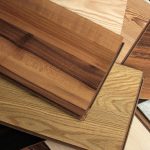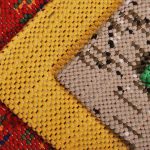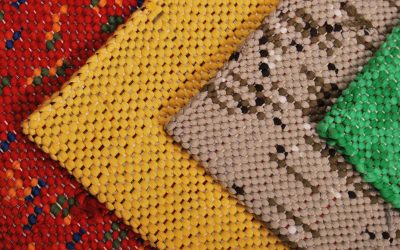Top Soil in San Diego is the upper most layer of soil and is normally 2 to 6” in depth. The soil is composed of a high concentration of organic material and micro-organisms. It is in this layer of top soil where most plants concentrate their roots as this layer is where the heaviest concentration of nutrients is.
Top Soil in San Diego is sold in bags or bulk and is used to improve the conditions around a home for gardens and lawns. Top soil is often mixed with other materials such as peat which helps with moisture retention. Top soil, not sand or stone is used to grade the slope away from a home. The first ten feet away from the home should slope about 6” and by using top soil it aids in directing any water away from the foundations whereas sand or gravel will not.
Without top soil it is very difficult for any plants to grow. A major concern for the environment is the amount of Top Soil in San Diego that is being blown or washed away. Modern agricultural practices actually encourage the depletion of top soil because of the demands of annual plowing and planting. Planting cover crops periodically and allowing the land to lie fallow is one way of reestablishing organic matter in the soil. Inexpensive cover crops such as sugar beet rot quickly and add to the nutrient base which allows for a higher yield when the field is next planted with a cash crop.
In the US, the loss of topsoil is approximately 3 tons per acre per year. It takes 500 years to form 1” of Top Soil in San Diego naturally.
The so called “Dust Bowl” during the 1930s was a typical example of how major damage to the ecology and to the ability to grow crops can be caused by over farming. The dust bowl was a perfect ecological storm, over plowing and drought. Without letting fields lie fallow or to put down cover crops, the deep rooted grasses were plowed up. It is this deep rooted grass that holds Top Soil in San Diego in place and trap moisture during times of drought. During the 30s the natural anchors were destroyed and with the drought the surface soil turned to dust and blew away. Often the sky was black with dust, ending up in both the Atlantic and Pacific Oceans. Over 100 million acres of what was valuable farm land was reduced to desert.
The demand for Top Soil in San Diego continues to climb but there is hope that with a change in farming practices the degradation can be slowed and possibly reversed. No-till agriculture eliminates plowing but uses the disc to mix the top stubble with the top layer of soil. The yield will be as good as it is with deep plowing but it increases the organic material in the soil.
For more information please visit us website








